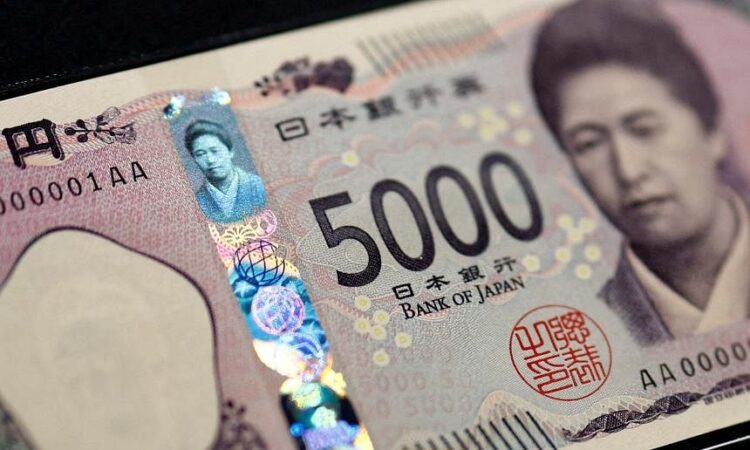
NEW YORK – The yen rapidly soared more than 2 per cent against the US dollar after a softer-than-expected reading of US inflation, prompting speculation that Japan stepped into the market to support its currency.
The currency abruptly rallied by as much as four yen to 157.44 per dollar in the minutes after data showed US core consumer prices rose the least in almost three years. The nation’s top currency official, Masato Kanda, said he wasn’t in a position to say if the move was intervention. He said that authorities would disclose an intervention at month-end if one occurred.
Against the Singapore dollar, the yen weakened 0.2 per cent to 118.568 per Singdollar as of 7.45am on July 12.
“We see a big move in the yen,” said Takafumi Onodera, who’s in charge of sales and trading at Mitsubishi UFJ Trust & Banking in New York. “The timing, after weak CPI, looks like it could be intervention.”
The yen touched its weakest since 1986 just last week, fueling a new wave of jawboning from Japanese authorities about their willingness to act to bolster the currency if necessary.
It also spurred angst in the market about sudden moves in the yen. Strategists and market participants were divided on whether Thursday’s move was a result of options trades being closed out or a sign of intervention in the market.
Over the past year, the currency has slumped, making it the worst-performing Group-of-10 currency. Sentiment has been so poor that bearish wagers have dominated the market even after the Bank of Japan raised its short-term policy rate for the first time since 2007 in March.
The Ministry of Finance bought ¥9.8 trillion to stem losses in two interventions that appear to have taken place on April 29 and May 1. Finance Minister Shunichi Suzuki has said he’s deeply concerned about the impact of rapid and one-sided currency moves on the economy.
The move on July 11 was reminiscent of this year’s previous interventions. Foreign-exchange brokers saw volumes in the hour after inflation data that were comparable to the May 1 move, according to traders who asked not to be identified.
Even though the yen’s spike looks exaggerated compared to the moves in US fixed income markets and the dollar after the US data, it’s too early to know what’s behind it, said Valentin Marinov, head of Group-of-10 FX research and strategy at Credit Agricole.
“What we’re seeing is a reaction in markets where positioning was already long rates and positioned for curve steepening in the US, while foreign-exchange markets were still short the Japanese yen,” said Ed Al-Hussainy, global rates strategist at Columbia Threadneedle Investment. “I would expect more movement in the yen as a result of any data surprises just based on that positioning profile alone.” BLOOMBERG



